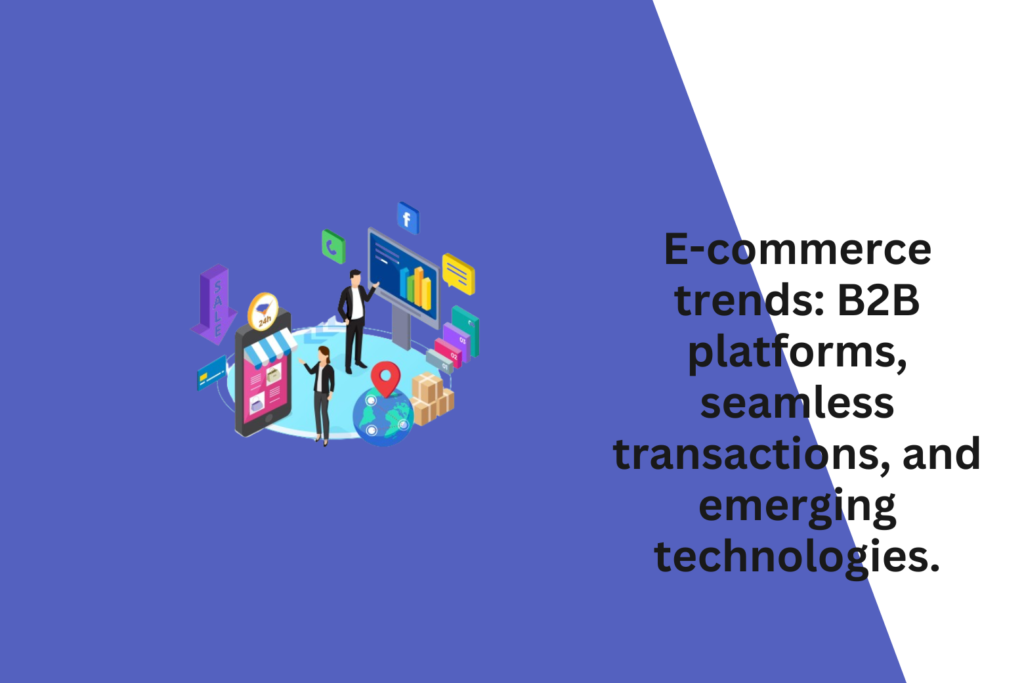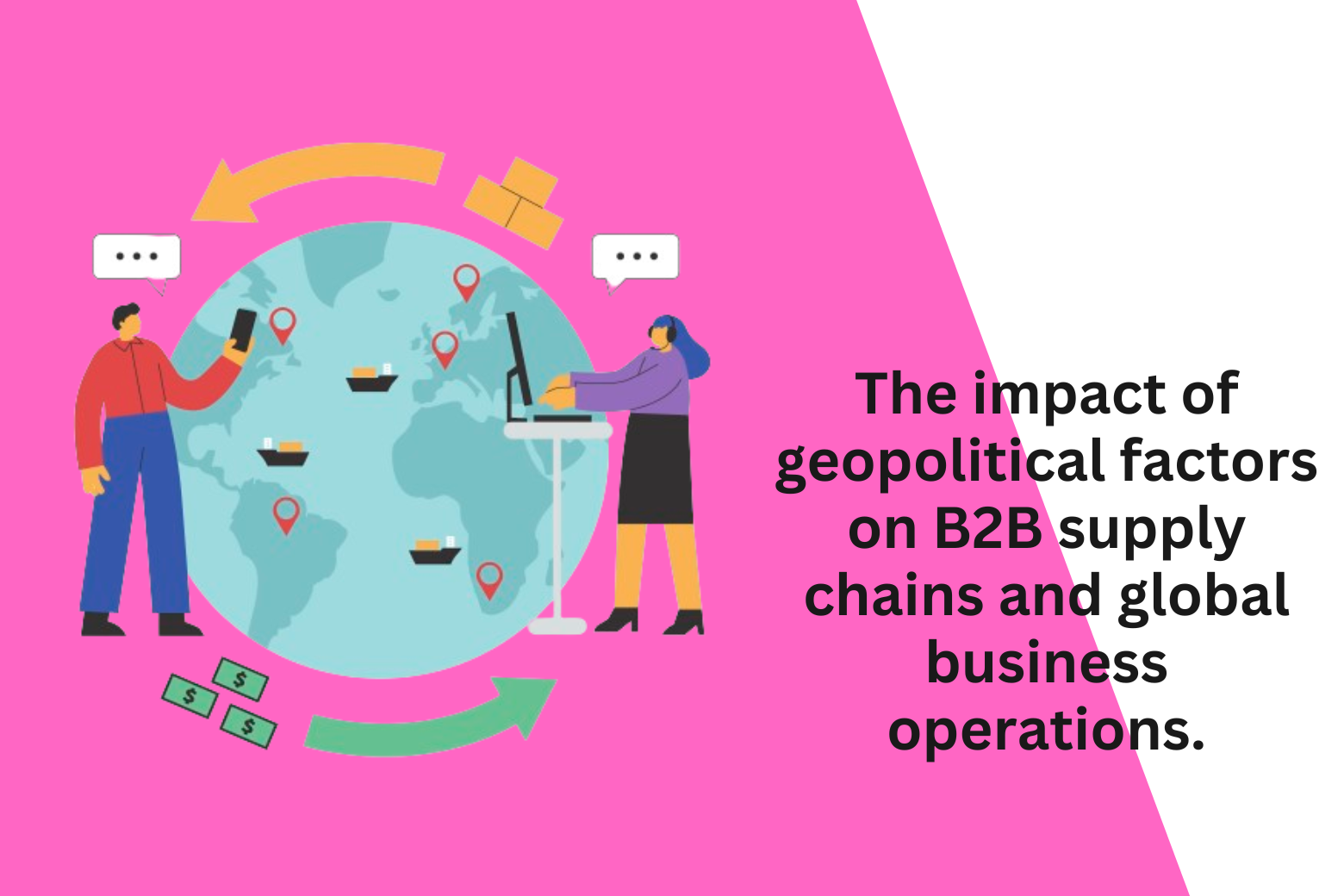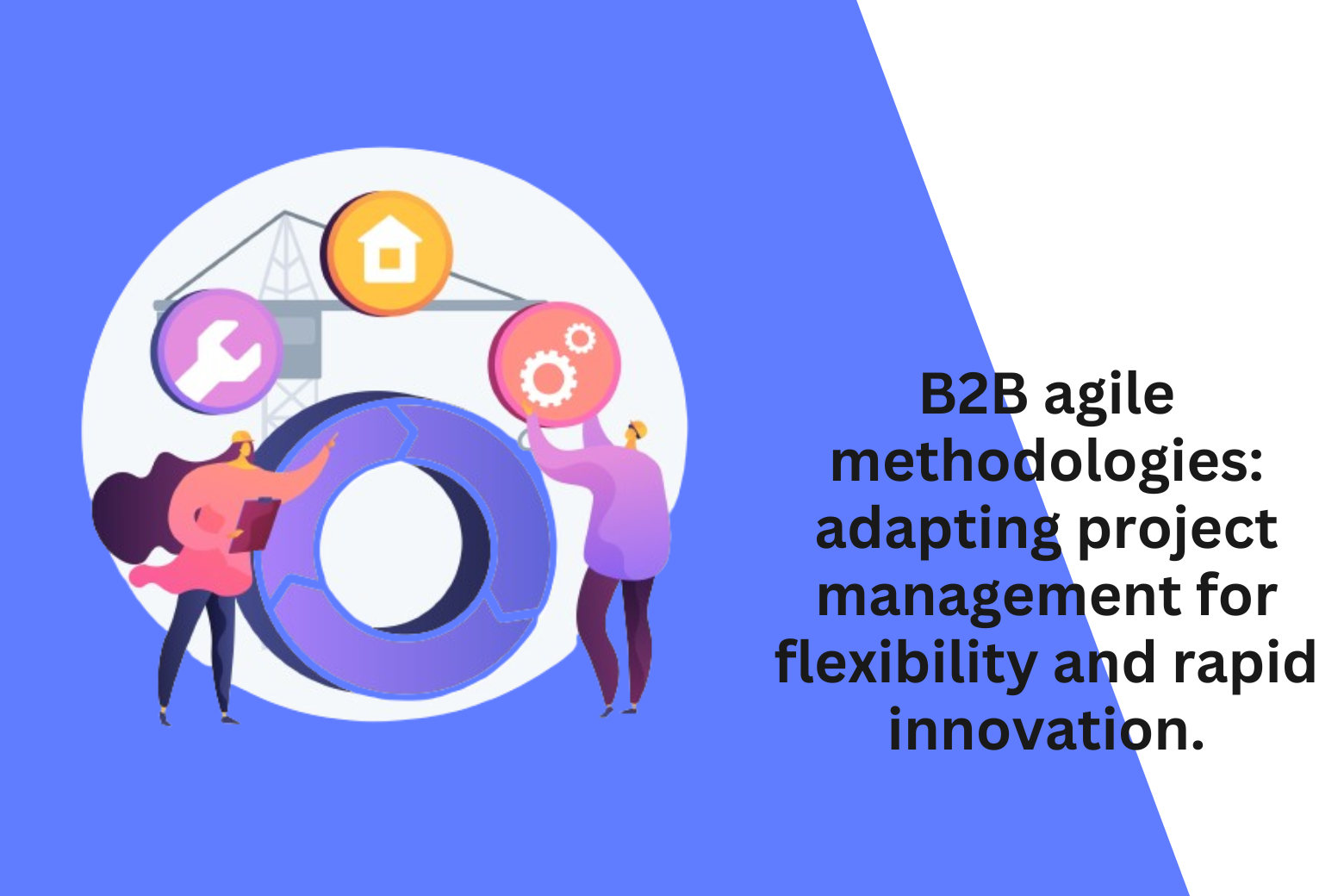
The e-commerce landscape is constantly evolving, and B2B platforms are at the forefront of this transformation. Here are some key trends in B2B e-commerce, with a focus on platforms, seamless transactions, and emerging technologies:
B2B E-commerce Platforms:
Digital Marketplaces:
- The rise of digital marketplaces for B2B transactions is significant. These platforms bring together multiple sellers and buyers, providing a centralized space for transactions, product discovery, and networking.
Platform Integration:
- B2B companies are increasingly integrating their e-commerce platforms with other business systems, such as ERP (Enterprise Resource Planning) and CRM (Customer Relationship Management), to streamline operations and enhance data consistency.
Customizable and Scalable Solutions:
- B2B e-commerce platforms are offering customizable and scalable solutions to accommodate the unique needs of different industries and businesses. This flexibility allows for tailored user experiences and functionalities.
Mobile Optimization:
- Mobile optimization is no longer optional. B2B e-commerce platforms are ensuring that their interfaces are responsive and user-friendly on various devices, including smartphones and tablets.
AI-Driven Personalization:
- Artificial intelligence is being used to provide personalized experiences on B2B e-commerce platforms. AI algorithms analyze user behavior and preferences to offer product recommendations and tailored content.
Seamless Transactions:
B2B Payments Innovation:
- Innovations in B2B payments are streamlining transactions. Features such as digital invoicing, online payments, and automated reconciliation contribute to faster and more efficient financial processes.
Blockchain for Transparency:
- Blockchain technology is being explored for its potential to enhance transparency and security in B2B transactions. Smart contracts and decentralized ledgers can reduce fraud and increase trust in supply chain transactions.
Subscription-Based Models:
- B2B e-commerce is adopting subscription-based models, allowing businesses to subscribe to services or products on an ongoing basis. This model provides predictability for both buyers and sellers.
Chatbots and Virtual Assistants:
- Chatbots and virtual assistants are being employed to facilitate seamless transactions. They assist users in navigating the platform, answering queries, and even guiding them through the purchasing process.
Voice Commerce:
- Voice-activated commerce is gaining traction in B2B e-commerce. Users can use voice commands to search for products, place orders, and interact with the platform, providing a hands-free and efficient experience.
Emerging Technologies:
Augmented Reality (AR) and Virtual Reality (VR):
- AR and VR technologies are enhancing the B2B e-commerce experience. They allow buyers to visualize products in a virtual environment, facilitating better decision-making, especially in industries where product specifications are crucial.
IoT-Enabled Commerce:
- The Internet of Things (IoT) is playing a role in B2B e-commerce by enabling connected devices in industrial settings. This connectivity improves inventory management, asset tracking, and overall supply chain visibility.
5G Connectivity:
- The rollout of 5G connectivity is influencing B2B e-commerce by providing faster and more reliable internet connections. This is particularly beneficial for data-intensive processes, real-time communication, and immersive technologies.
Edge Computing:
- Edge computing is being used to process data closer to the source, reducing latency in B2B transactions. This is especially valuable for applications that require quick response times, such as inventory tracking and order fulfillment.
Machine Learning for Predictive Analytics:
- Machine learning algorithms are applied for predictive analytics in B2B e-commerce. Businesses use these tools to forecast demand, optimize pricing strategies, and identify patterns in customer behavior.
Cybersecurity Solutions:
- As B2B transactions move online, cybersecurity solutions are becoming increasingly sophisticated. Technologies such as advanced encryption, biometric authentication, and AI-powered threat detection are employed to protect sensitive data.
The evolving landscape of B2B e-commerce is shaped by a combination of platform advancements, transactional innovations, and the integration of cutting-edge technologies. Businesses that stay abreast of these trends are better positioned to meet the changing demands of the digital marketplace.



